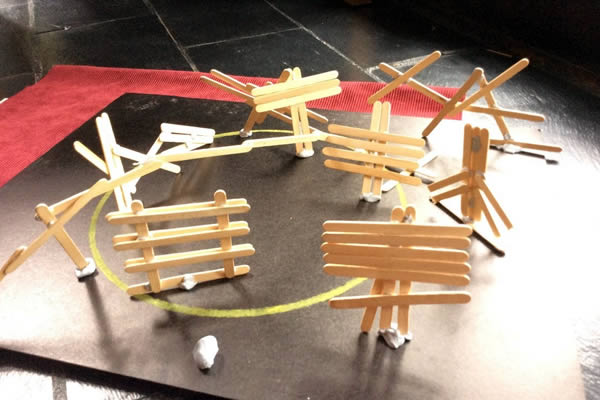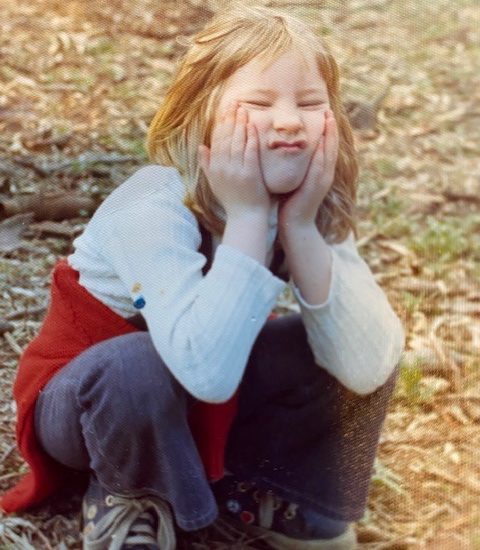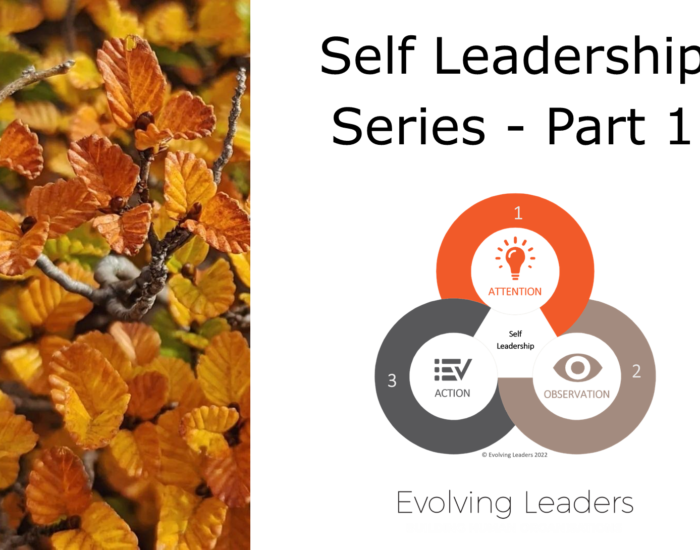Mastering ‘thinking and doing’ AND ‘feeling and being’
This post explores how leaders must master the dance between ‘thinking and doing’ and ‘feeling and being’ to increase personal wellbeing and their capacity to solve the complex problems and challenges of our times.
What’s happening in your world right now? What are some of the things you have been busy ‘doing’ over the past 48 hours? The daily tasks and activities that fill up your life?
At what times over the past 48 hours have you found yourself connected with something more enduring: time for meditation, reflection, a walk on the beach, a cuddle with a loved one? Times when you were 100 per cent present in the moment, fully connected to ‘feeling and being’ rather than just ‘thinking and doing’?
When we become exclusively focussed on ‘thinking and doing’, our lives can start to feel meaningless and empty and we start to wonder why we work so hard. We may secretly ask whether it’s worth it. What’s the point? What’s the meaning of life? If we don’t listen, life keeps throwing stuff at us until we do.
I spent first 36 years of my life thinking and doing, focussed on external measures of ‘success’. I didn’t listen, and I crashed. I crashed multiple times in fact. I suffered post-natal depression. I had a moon boot on a broken ankle for nine weeks (that turned out not to be broken ironically). And more … until I listened to myself. After I listened I started to open to ‘feeling and being’.
The last decade has been a deep immersion into feeling and being. I’ve been learning the practices that connect into the wisdom of my body and my intuitive self. My internal navigation system now leads the way in life and business.
It’s not that ‘feeling and being’ is better than ‘thinking and ‘doing’. They are a powerful partnership. It’s just that in the world we live in and the workplaces that we show up to everyday, ‘thinking and doing’ is valued whereas ‘feeling and being’ is undervalued. That is the problem.
It’s also the opportunity.
Human organisations value both ‘thinking and doing’ and ‘feeling and being’. Both are interwoven through the culture of the organisation, through its very fabric of decision making, leadership mindset and practices, investment allocation, behaviours and customer experience. Many start-ups do this well. The organisations that will thrive in the future will be those that can evolve to welcome feeling and being to the table as the equal, if not wiser, partner of thinking and doing.
Robert Johnson, a student of Carl Jung and well established in his own right, refers to the power of the symbol of the Christian cross in his book Balancing Heaven and Earth. He writes, “I have come to understand the cross as a symbol of two opposing forces that must be balanced, with the balancing point always in the middle of where the two strong opposing forces intersect.” (page 48)
While I am not religious myself, the visual idea of achieving optimal performance at the intersection of the cross where ‘thinking and doing’ (the horizontal) meets with ‘feeling and being’ (the vertical) is a powerful daily reminder.
In workshops I have had participants create their own version of the cross (using Blu Tack and icy pole sticks) based on how they feel they are putting their energy and focus into these two opposing forces in their lives. The models people create provide a powerful visual of the impact that being out of balance has on their lives and invites curiosity and change. When you then put a collection of these individual models together into a ‘community’, you quickly get a sense of the discomfort and suffering that is being experienced in families, teams, organisations and communities. I believe the core of this discomfort comes back to this challenge of balancing ‘feeling and being’ and ‘thinking and doing’.
What does this mean for leadership?
The complex problems and challenges of our time will not be solved by thinking and doing alone. As leaders, optimal performance and personal wellbeing is available to us when we learn to master the dance between ‘thinking and doing’ and ‘feeling and being’.
When we make a commitment to practicing and mastering this dance at an individual level, then we transform ourselves, and in turn also transform our families and the teams, community, and organisations in which we serve.
Taking time to nourish yourself, to create space, welcome stillness and silence, build your toolkit of skills and practices that promote feeling and being and committing to a lifelong journey of self-discovery to deepen connection with yourself is non-negotiable if you want to be the best possible version of you.
How do you choose to be as a leader for this time?





